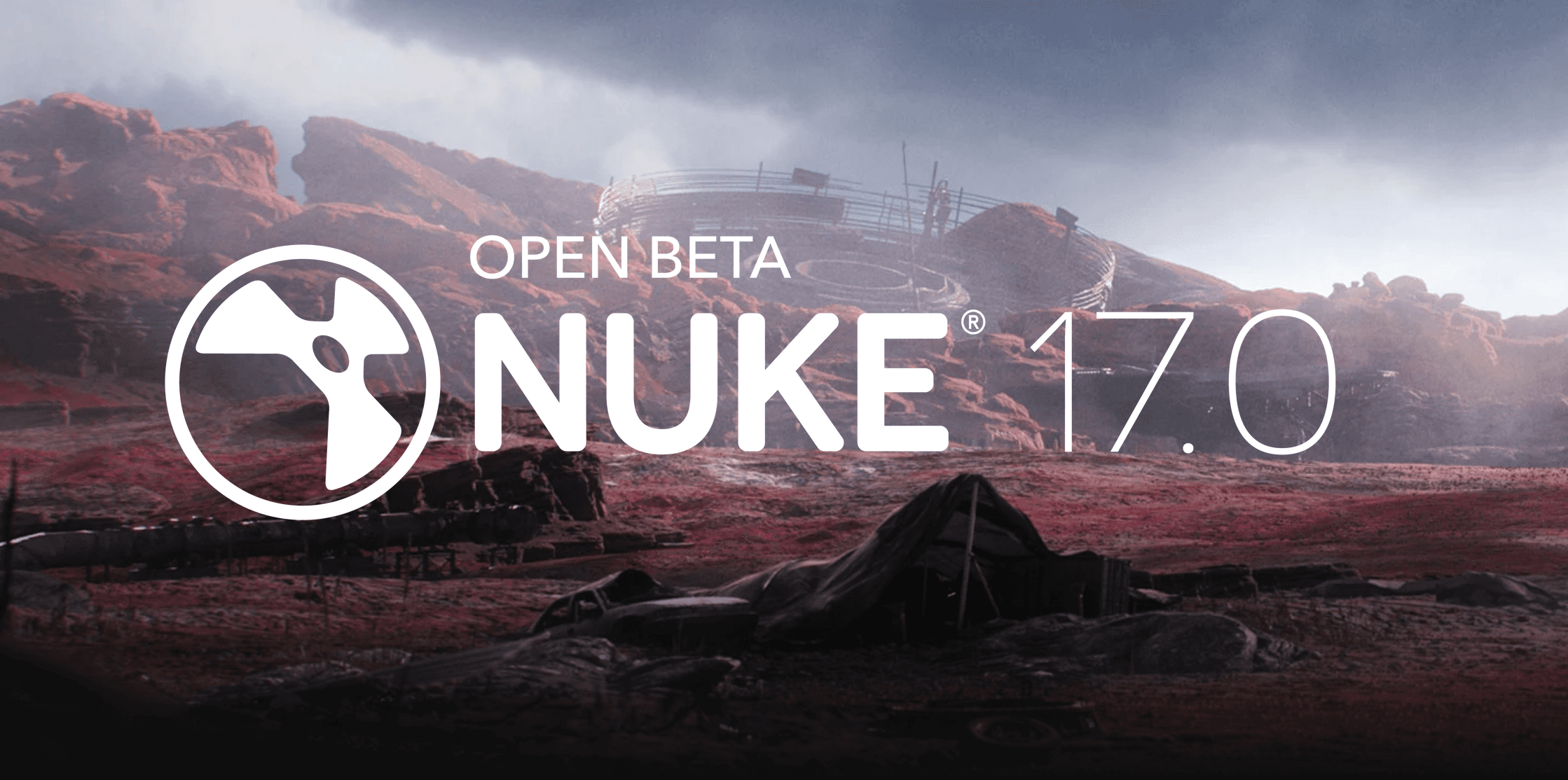

Michael Rubloff
Nov 23, 2025
The 2025 AIxR Creative Awards drew an unusually wide circle around the future of immersive media, but it was gaussian splatting that garnered the most interest and ultimately winning the Awards with “Spatialography”. It’s a VRChat world built by Japanese developer VoxelKei, which took home the Grand Prize.
Spatialography is Kei’s coined term: part “spatial,” part “-graphy,” a recognition that technologies like photogrammetry and Gaussian splatting have moved beyond documentation. As photography and film grew into expressive media, Kei argues, so too will techniques that reconstruct space. Their project is less a single installation and more a running inquiry, an evolving set of experiments that ask how recorded environments can speak emotionally, atmospherically, and even poetically when situated in VR.
The centerpiece is a suite of gaussian splatting works that are akin to impressionist paintings you can literally step into. Kei built a custom conversion and shader pipeline to bring splatted scenes into VRChat, where players can push their hands through the reconstructed space, walk through landscapes, and feel the texture of captured places wrap around them.
One world expands into a towering painting like canvas: a drifting waterfall, its mist and foliage moving gently in response to wind simulations. Others take unfamiliar shapes. Transparent glass spheres hold miniature splatted scenes, part snow globe, part orb, demonstrating how Gaussian splats handle translucency with a softness. Cylindrical worlds bow outward as users move inside them, their stitched together environments suddenly blooming into more detail, adopting a kind of spatial elasticity.
The added motion to the scenes gives them an additional sense of presence into the world.
Behind all of this is real engineering. To support creators who want to bring Gaussian splats into VRChat, Kei is building a companion tool called Spatialograph Maker. The toolkit ingests PLY data and prepares it for VRChat’s rendering constraints, handling conversion, cropping, thinning, block division, LOD generation, and voxelization. For now, Spatialography is public and freely explorable within VRChat.
Kei’s work suggests that its next leap may be emotional, toward worlds that use real captured space as impressionist landscapes, interactive paintings, and living memories.
A link to explore Spatialography is available here.







